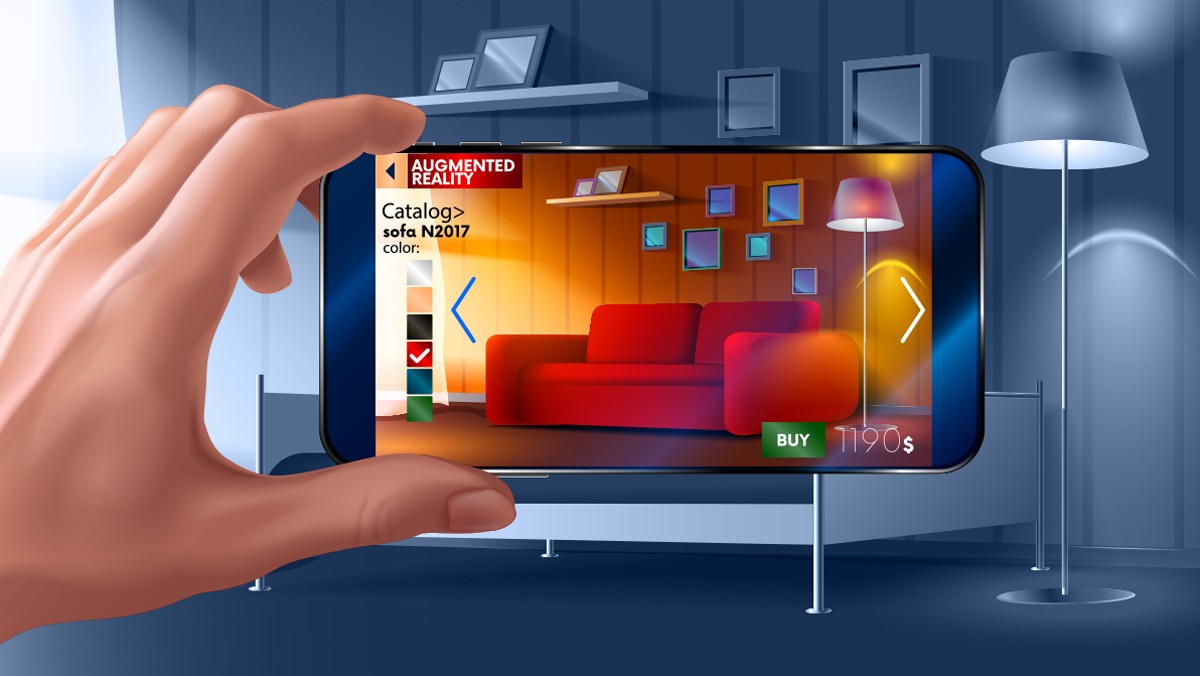With a considerable doubt, it is said that augmented reality (AR) is changing the retail industry. AR technology enhances customers’ experience inside a store, lending a hand to physical stores to increase their influence and build buzz.
Also, as the modernizations suggest, more and more customers are expecting various innovations from retailers. In fact, nearly 70% of them expect that retailers will introduce an AR app within a half a year. That’s why some brands are utilizing AR technology into their current products—even initializing new AR-powered products where live product packaging can be seen.
In line with that, Steve Curran—CEO of AR experience platform ROAR—classified two main techniques business people can actually integrate AR into products. Let’s see here:
Play
Mr. Steve Curran mentioned, “Augmented reality can really extend the play value of a product and further establish that connection between the physical and digital experiences.” Thus, incorporating “play” to your AR product gives entertainment to your customers. This scheme can work for all kinds of retailers—even if your products aren’t actually “fun.”
Here are some of many retailers in the toy industry that leveraged the scheme:
- LEGO: It was in 2010 when they used AR technology in-store kiosks. From then, they have introduced AR apps that gave customers the convenience to design their LEGO creations, video games, and products that incorporate other products’ computer-generated types.
- Merge Cube: “The Merge Cube is basically a four-sided cube that has an endless combination of experiences that can be built as an overlay on top of that cube that triggers an AR experience,” Curran says.
Since it is one of the effective ways used by retailers in the toy industry, perhaps, those outside the toy industry has thought that it’s no waste if they’d give it a shot:
- Vital Farms: It is an organic food brand who has worked with ROAR to incorporate AR packaging on their products—specifically in their line of eggs. “When you scan the egg carton top, a farm scene came to life and displayed illustrated chickens and told the story of which these eggs are special,” Curran says. “It’s a cute, fun interaction, but also useful in storytelling and having a novelty effect where people show it to their friends.”
- 19 Crimes Wine: An Australia-based alcohol brand that launched an AR campaign where the packaging itself told stories about the infamous Australian criminals who happened to be the inspiration for each wine. “They launched it around the holiday season which meant that people started buying the wine because they wanted to drop it on the Thanksgiving table and wowing their friends and family,” Curran says. “They used the power of storytelling to go from an obscure brand to a topical brand.”
- Starbucks: In retrospect, people have seen that Starbucks have used AR in various ways such as digital overlays to their iconic cups and the known immersive in-store experience in Shanghai. “They’re doing that in a social standing so that if somebody pulls out the app and is doing it in the Starbucks store, other people will see that, want to engage with a similar experience, and ideally want to unlock each of those experiences themselves,” Curran says.
Utility
Another good scheme to be used when utilizing AR in your products is to deliver value through the utility. It actually gave a reason why roaming around in a store through AR has become famous to various retailers—mostly on grocery stores and department stores.
Not to mention, there are various opportunities to be helpful to your customers when using AR in the products and packaging. “If I’ve seen things fail in AR, it’s because of lack of a compelling reason and not providing the customer with enough information,” says Curran.
All sorts of retailers and brands are utilizing AR in their merchandises and packaging to deliver utility:
- Hyundai: Hyundai gave a chance for AR technology to actually enhance the user guides for their automobiles. The brand substituted their traditional manual with an AR-powered owner’s manual wherein car owners can scan elements of the car and access support content through an app and their device camera. “Especially if you know nothing about cars, having this augmented reality layer of explanation that can use the camera view to just recognize something and tell you exactly what it is, versus having to match up illustrations or icons to what’s physically in front of you certainly makes a lot of sense,” Curran says.
· IKEA: Perhaps, IKEA doesn’t go through with an app, but a Toronto-based designer has made something for it by mimicking an AR version of furniture assembly instructions. “That is a very practical use of AR where you’re using a combination of image recognition and a mixed reality view to help make the assembly process a lot easier,” Curran says.

